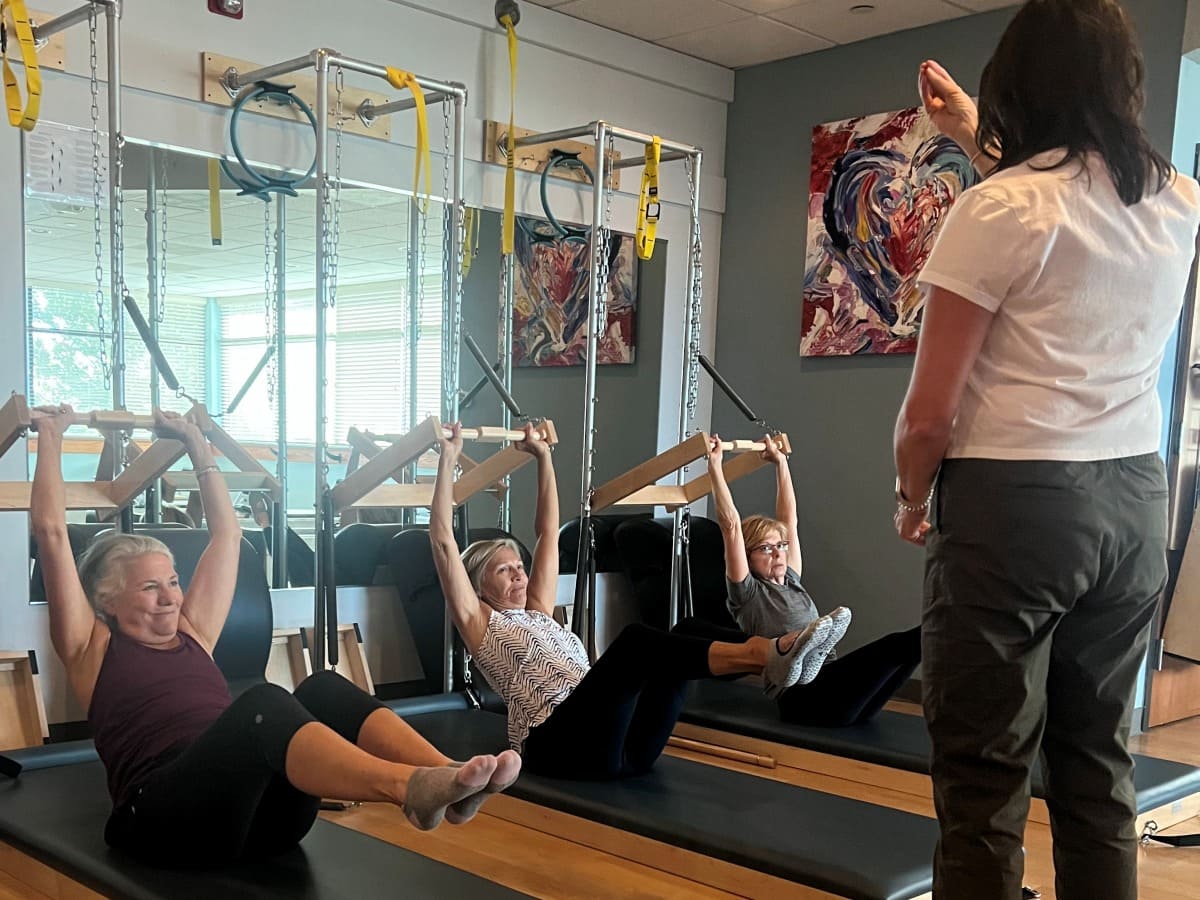As I observed my surroundings at the gym, I couldn’t help but notice a prevalent issue that seemed to be the norm – Forward Head Posture (FHP). Slouched shoulders, rounded upper backs, and heads positioned far forward of the spine were commonplace, especially as people engrossed themselves in their smartphones between sets. It’s a sight so common that it almost appears as the new normal, yet the reality is that it not only looks uncomfortable but can lead to a myriad of health issues. Motivated by this observation, I decided to delve into the topic and share insights on the consequences of FHP.
The human head, weighing in at an average of 10-12 pounds, is a significant load for the cervical spine to bear – more than the weight of a newborn baby. In an ideal scenario, our bodies should comfortably support this weight due to proper alignment. However, with the prevalence of smartphones, computers, and long periods of working from home, we often find ourselves pulled into a forward motion for extended periods. For every inch the head juts forward, an additional 10 pounds of weight is added, placing undue stress on the cervical spine.
So, what happens when our head is consistently positioned forward? The posterior neck muscles endure strain and elongation, while the muscles in the front of the neck tighten and shorten. This muscular imbalance weakens the supporting structures, making it challenging to maintain an upright posture. Over time, this misalignment becomes our new “normal sitting posture,” often leading to discomfort and pain. Beyond the aesthetic concerns, FHP also contributes to the compression of cervical vertebrae, resulting in a range of issues such as headaches, neck discomfort, muscle tension in the neck and shoulders, and even pain and numbness in the upper extremities. This imbalance not only contributes to neck and shoulder pain but can also extend down the spine, affecting the entire back.
Recognizing the prevalence and consequences of FHP is the first step towards addressing this issue.

This is where practices like Pilates come into play. Pilates, with its focus on core strength, body awareness and alignment, becomes a powerful tool to counteract the effects of FHP. By engaging the powerhouse – the core muscles that support the spine – Pilates not only helps in strengthening and realigning the neck and spine but also cultivates mindfulness to break the cycle of poor posture. It’s a holistic approach that empowers individuals to reclaim proper head and spine alignment, promoting not only physical well-being but also a more poised and attractive appearance.
By targeting and re-balancing the muscles involved, Pilates helps individuals address the root causes of forward head posture, fostering a more aligned and pain-free body.

